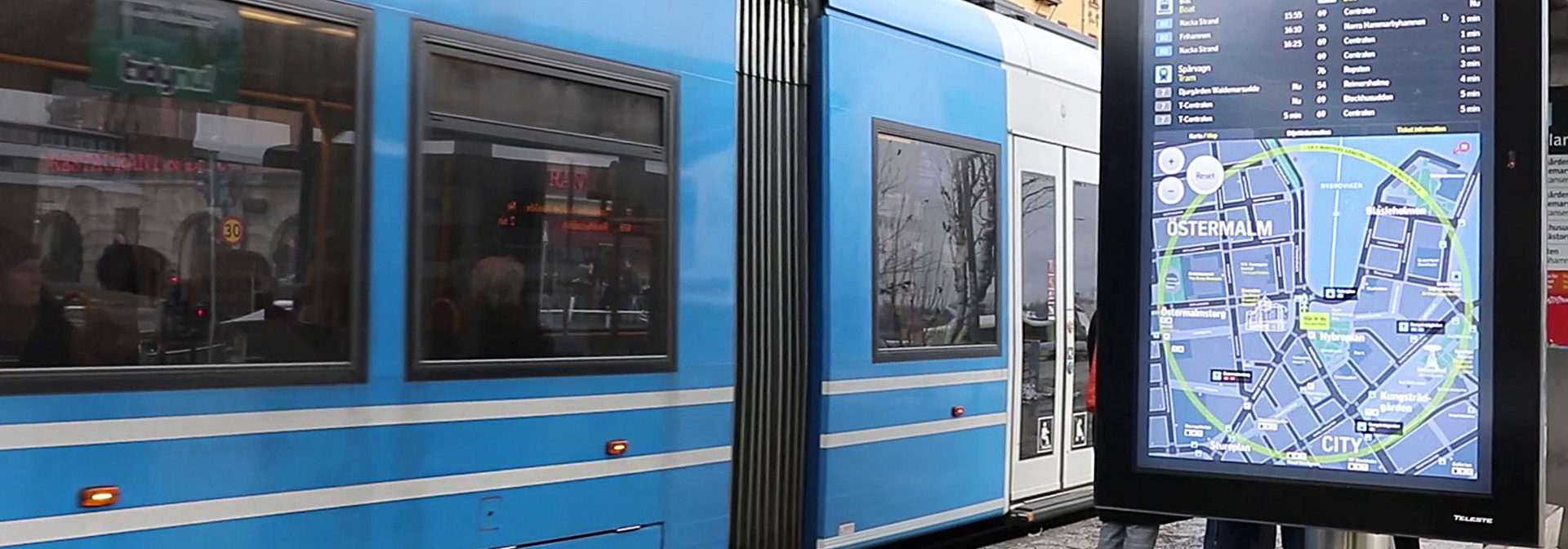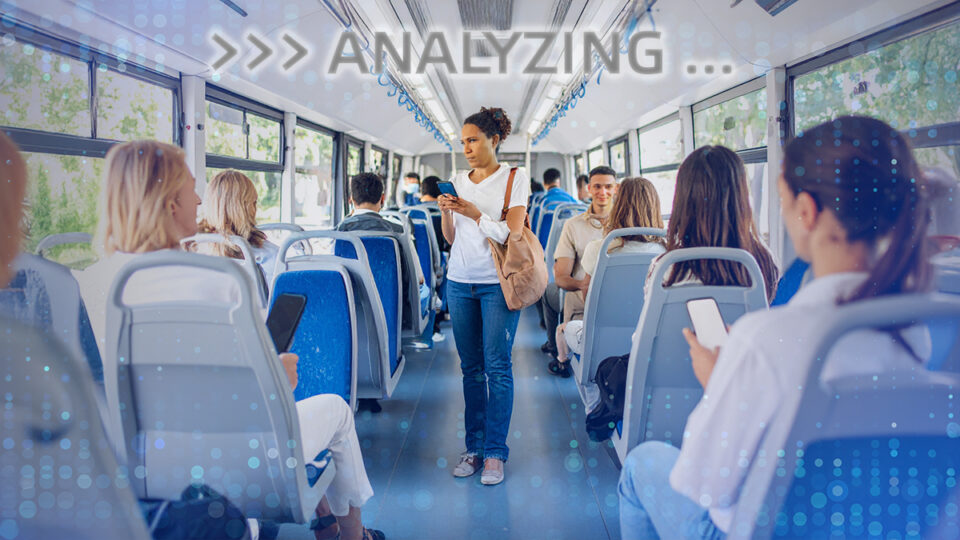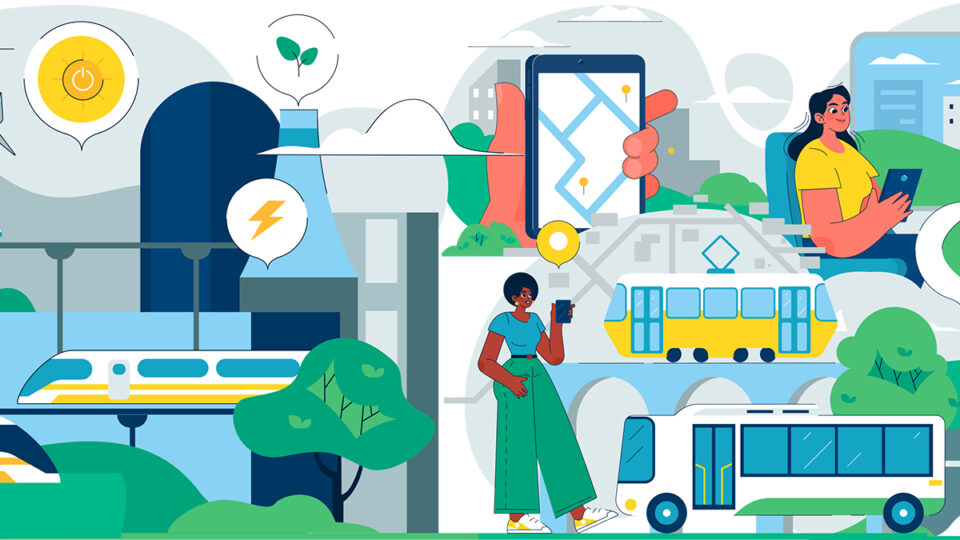
Communication is key to restoring and increasing ridership
With the emergence of smart devices and new wireless technologies, the way we consume media has evolved significantly in the past decade. We are now used to ingesting large amounts of visual information from the palms of our hands via smart devices, and from increasingly large televisions and monitors that have vivid image quality and smart features that make them more engaging than ever before. There is a clear technological disparity between how information is being delivered to consumers through their personal devices, and how it is being delivered to them via most passenger information display systems (PIDS).
In many cities across the United States, the technical capabilities of passenger information display systems have been left behind in an era that is no longer meeting the needs and expectations of modern passengers, and more importantly, it is not connecting with them. People have now become accustomed to experiencing vividly animated graphics, and video as well as a high level of interactivity. This is something that a simple amber led dot matrix information displays cannot provide. Thus, a communication disconnect has formed especially between younger passengers and public transit agencies who are working towards restoring and even increasing ridership.
The ideal situation would be providing passengers with a holistic user-centered experience.
Especially many younger riders see the public transit system to be an antiquated remnant of the past that does not offer a modern connected experience. Many passengers often need to rely on third-party apps and information to navigate their travel through the public transit system. For many, some key pieces of the PIDS puzzle are clearly missing.
From Departure to Return
The ideal situation would be providing passengers with a holistic user-centered experience, where they can rely on the transit agency to deliver them from their front door to their destination and back in a way that enhances their daily lives.
We like to describe door-to-door experience as From Departure to Return. The story begins before the rider leaves their home in the morning; we want them to be able to pull up their smart device that tells them specifically when to leave home. They are then offered all of the relevant information needed to travel to their destination as smoothly and safely as possible.
When walking to a bus stop, the rider can expect to be greeted with a display that offers real-time information about when the next bus will arrive, how full the next bus will be and possible traffic disruptions that may affect the transit.
Instead of entering a rail or subway station not knowing what to expect, the passenger can be greeted with a large TFT information display that not only provides them with key points of real-time information relevant to their transit but also offers them a rich content that can set the tone for the entire travel experience.
The passenger can be provided with visual queues all the way to the boarding platform with vivid RGB-LED displays with easy to read large text. Real-time arrival and departure information is provided on displays on the platforms as well as to the passenger’s smartphone. If the vehicle is congested or nearing full capacity, the passenger can be presented quickly with alternate options and route recommendations, to not waste any time while traveling.
A modern Passenger Information Display System not only helps the passenger reach their destination, but also provides a little bit of extra to enhance their daily experience.
When seated on-board on a bus or a train car, the passenger can then be supplemented with locally relevant information on the onboard TFT-displays, including weather information, traffic data, and local news stories that might impact their day. When leaving the car, the passengers can then be provided with information that helps them travel the last leg of their journey, including offering connections with ride-share-services and other agile transport options.
A modern Passenger Information Display System not only helps the passenger reach their destination, but also provides a little bit of extra to enhance their daily experience, which ultimately increases the likelihood of them becoming a regular customer. Public transit can offer a highly service-designed experience that enables passengers to focus on their days without the stress of the travel or daily commute. To enhance the communication even further, everything can be delivered in a consistent visual design, from fonts to graphics that reflects the story that the transit agency wants to tell to its customers. This level of service can create a genuine connection between the transit agency and passengers.
Turning legacy into opportunity
For most cities, a full re-haul of every piece of the Passenger Information System is simply not financially feasible, so agencies are especially in need of solutions that can leverage existing legacy systems through integration with current and evolving technologies. This approach can enable agencies to provide ridership with modern means of communication with consistent real-time information presentation from departure to return, without being crippled by the initial investments.
Whether it be CCTV cameras, surveillance systems, turnstiles, or passenger count sensors, Teleste’s Passenger Information Systems can act as the conduit, between the old and new, pulling from a variety of data sources and channeling into multiple consumer media, thus providing one universal experience for operators and passengers. Our solutions are adaptable to the continuously evolving passenger experience, and act as a turnkey solution for agencies with gradual migration plans for a smart, safe and smooth future.
Mike O’Dea



